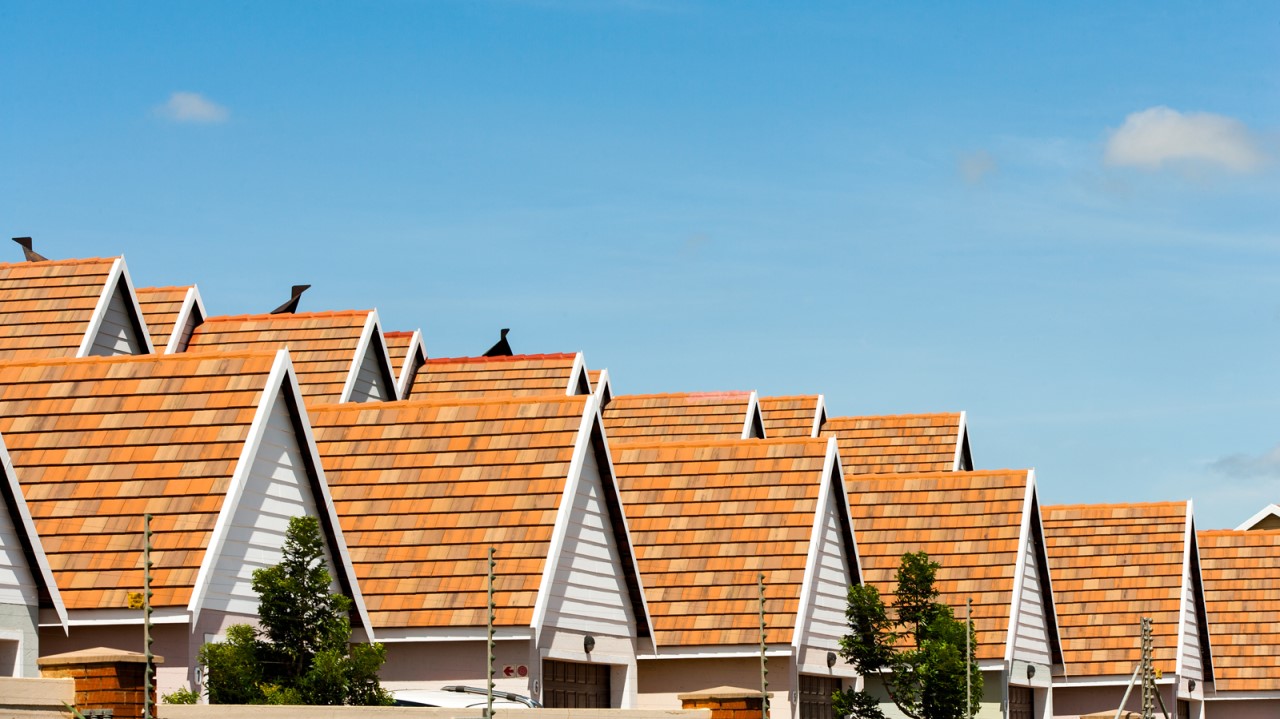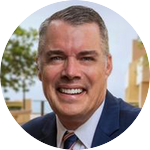
We all live somewhere. Our houses make up blocks which make up streets which come together to form towns and cities. In terms of physical structures, where we live is a composite of buildings, landscaped areas, and recreational spaces. Insert true human connection, engagement, relationships, and a collective desire for a flourishing space and you have a vibrant neighborhood and community.
Our neighborhoods are the places we call home, and they are the primary building blocks of our cities, counties, and states. What if the political and policy challenges and polarization we’re seeing at the national level are actually originating at the neighborhood level? Amidst a variety of policy failures we’re witnessing at the local level across the country, there have been questions about the fragility of the United States and that prompted fragile states expert Dr. Seth Kaplan at Johns Hopkins University to ask what’s happening in our neighborhoods?
In his new book, Fragile Neighborhoods, Dr. Kaplan calls our attention to neighborhoods as the starting point for change by squarely focusing on revitalizing local institutions and community relationships. According to his research, our neighborhoods are currently in a state of fragility.
Dr. Kaplan defines fragile neighborhoods as social habitats (that consists of institutions and norms in which we are embedded and greatly influences how we live) that makes it hard to sustain a family and raise children. A fragile neighborhood is one in which residents exhibit stress, mistrust, frustration, and a sense of insecurity.
In an exclusive interview with the Davenport Institute’s assistant director Pooja Bachani Di Giovanna and Pepperdine School of Public Policy dean Pete Peterson, Dr. Seth Kaplan provides an overview of where he sees our neighborhoods today and how we can turn things around to help build stronger communities.
What kind of lens do you bring to understanding American neighborhoods and cities? How are you positioning your approach?
Most people [who study policy in countries around the world] look at a lot of technical information. If they visit, they stay in hotels or they meet with government people. I don’t work that way. I tend to work from the bottom up.
I want to know what people are thinking. I want to know how different parts of society are acting on each other, or cooperating with each other, or competing with each other. I want to spend time in people’s homes. My first lens is much broader than others in this space.
When I work around the world, I see there are policies that matter, and there are politicians that matter, and having better policies and politicians matter a lot. But my basic framework for looking at a country is to try to understand what is going on in relationships. How are people experiencing life in that country day in and day out? And I think one of the problems we have in America is that we look for policy as the solution. We look to Washington for answers. We fight over what goes on politically.
We don’t think enough about the local level. The people who dominate the (policy) debates on what is wrong and what to do with [the United States], they’re experiencing a very different version of America than people in the Heartland. Until we put ourselves in the homes and in the shoes (of those people) to understand what has changed so dramatically in their lives over two generations, we cannot begin to understand what’s going on in this country.
Would this community-focused approach help deal with the issue of polarization in the nation?
My argument is that everything—from deaths of despair to depression, to problems we have with youth to the problems of mistrust and polarization—lies downstream from how our relationships have changed in neighborhoods and in specific places.
And so I certainly believe if we were to focus much more on the local it would suck energy out of some of the debilitating debates that don’t seem to be very constructive. I’m all for voting. I’m all for protesting and supporting one policy versus another. But I do think a lot of our mistrust and polarization nationally would be healed if we redirected our energy more to local problems and local solutions.
I also think that one of the reasons why we put so much into politics is because we’re alone. We’re vulnerable. We don’t have strong social connections. There’s certainly data that says that people with strong social connections are going to think much more positively about politics, and they’re going to be much more trustful of politicians and government.
Why should we reconsider the American Dream, as the title of your last chapter suggests?
I would say that the American dream today seems to be a dream of individuals. Individuals trying to gain some sort of individual material wealth, and that is all. And that is a very limited, very narrow understanding of the American dream. Originally, when this term first came into fashion, it was about uplifting people, uplifting all of society. Somehow we went from a more societal worldview to a worldview that’s very individual and very material.
If you’re a government leader that would strengthen society, encourage a strong society, encourage the development of strong structures in society, [and] encourage strong relationships place by place, it’s only with strong community and strong social structures that we can lift up people.
In your opinion, what is the first step that local government leaders and staff can take to help build and foster strong neighborhoods and strong communities?
First, they should rethink the physical landscape around distinct neighborhoods with distinct identities, distinct centers, and distinct institutions. Most of our country has been physically designed to be placeless: a lot of houses, no center, no local institutions, no community schools. The second point would be rethinking government to make it more neighborhood oriented. A third point, which supports that, would be to have indicators to measure neighborhood health. The fourth thing governments can do is think of some sort of small grant programs that incentivize neighbors to cooperate, to improve their neighborhoods.
Is there a specific piece of advice you would give to those who are just starting to develop their understanding of community and place in their new jobs?
The first thing that I would highly recommend is assuming that you are responsible for a place. Walk around, learn the place, learn the people, learn the institutions, create a map in your head of what is going on. Try to understand. There’s something called appreciative inquiry: learn [and] try to appreciate by asking a series of questions. What are people thinking, what is it that they see would be helpful to improve in their neighborhood? You’re going to begin to see things from their view. Always ask, “what is it that can incrementally improve this place?” How do I open up channels of communication so I can get some sort of feedback loops, feedback loops of performance, feedback loops on how what we’re doing is affecting this place, and so on and so forth. Again, think of your job as cooperating with people, collaborating with people to make a place better. The more we see ourselves as facilitators and not just planners with some sort of long-term mandates around numbers, the more likely that we will actually make people’s lives better.
In Closing
Dr. Kaplan encourages us to focus our attention on the local level and begin revitalizing our nation one neighborhood, one zip code at a time. Learn more about Dr. Kaplan at sethkaplan.org and watch the full interview here. His new book, Fragile Neighborhoods, can be purchased here.

POOJA BACHANI DI GIOVANNA is the assistant director at the Davenport Institute and works on curriculum development and program delivery, communications, and strategic relations.

PETE PETERSON is dean of the Pepperdine School of Public Policy. Prior to this he was the executive director of the Davenport Institute at the school, where he remains a senior fellow.
New, Reduced Membership Dues
A new, reduced dues rate is available for CAOs/ACAOs, along with additional discounts for those in smaller communities, has been implemented. Learn more and be sure to join or renew today!

